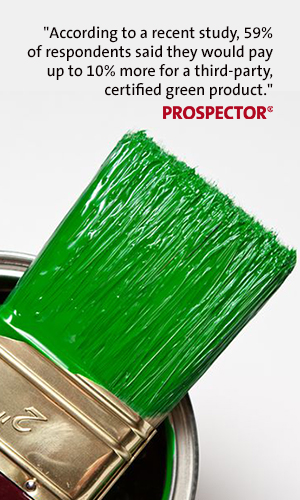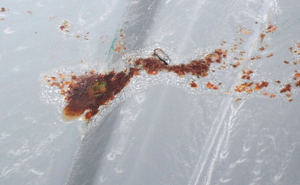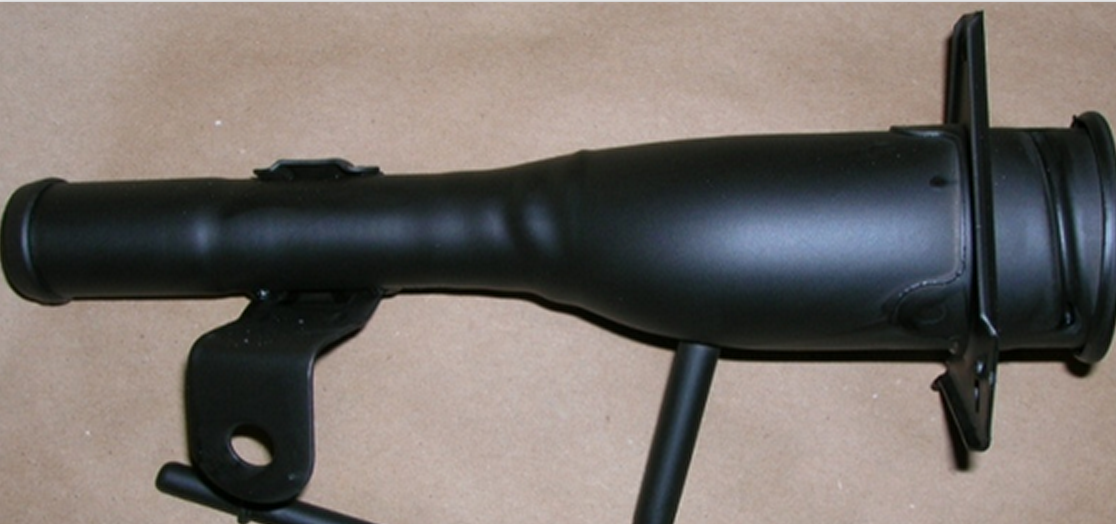Article written by Chemical Dynamics President, Ronald Lewarchik, originally published in UL Prospector.
Whether coatings are sold directly to consumers or business to business, UL’s study: Under the Lens: Claiming Green – The influence of green product claims on purchase intent and brand perception reveals that legitimate third-party, certified green claims contribute to the attractiveness of a product and command a higher price because of enhanced brand perception. The survey results are noteworthy, as 70% of Americans say they’re searching for greener products, and 67% of business decision makers indicate sustainability is an important factor when making decisions for their organizations.
Avoiding Misleading Claims
However, many manufacturers misrepresent their products by claiming they are green for the purposes of enhancing sales. In 2012, the Federal Trade Commission revised its Green Guides, the agency’s core set of guidelines to help marketers avoid making misleading environmental claims. The Guides are now more specific and prescriptive, making it easier for the FTC to prosecute “greenwashers.” Accordingly, if a green claim is considered to be deceptive in the eyes of the FTC, there is both a financial and a legal risk.
Read the full article here.










